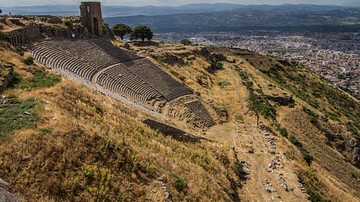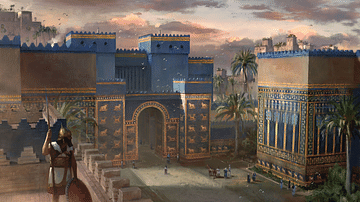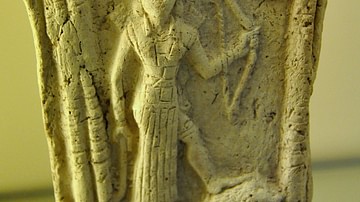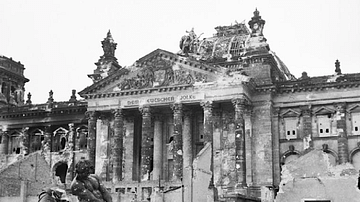Video
Cite This Work
APA Style
Amin, O. S. (2014, August 20). The Ishtar Gate of Babylon at the Pergamon Museum, Berlin. World History Encyclopedia. Retrieved from https://www.worldhistory.org/video/527/the-ishtar-gate-of-babylon-at-the-pergamon-museum/
Chicago Style
Amin, Osama SM. "The Ishtar Gate of Babylon at the Pergamon Museum, Berlin." World History Encyclopedia. Last modified August 20, 2014. https://www.worldhistory.org/video/527/the-ishtar-gate-of-babylon-at-the-pergamon-museum/.
MLA Style
Amin, Osama SM. "The Ishtar Gate of Babylon at the Pergamon Museum, Berlin." World History Encyclopedia. World History Encyclopedia, 20 Aug 2014, https://www.worldhistory.org/video/527/the-ishtar-gate-of-babylon-at-the-pergamon-museum/. Web. 24 Apr 2025.





